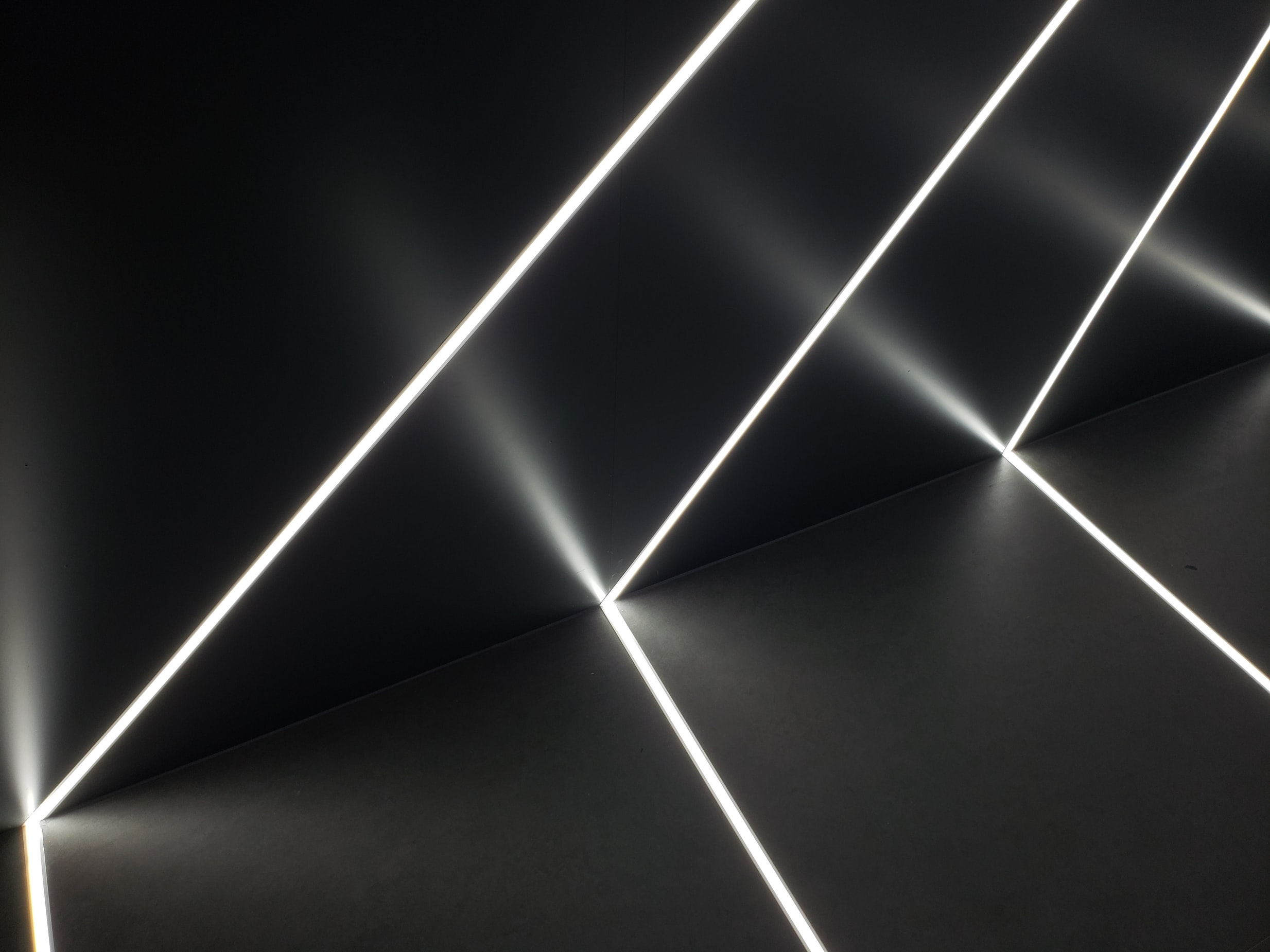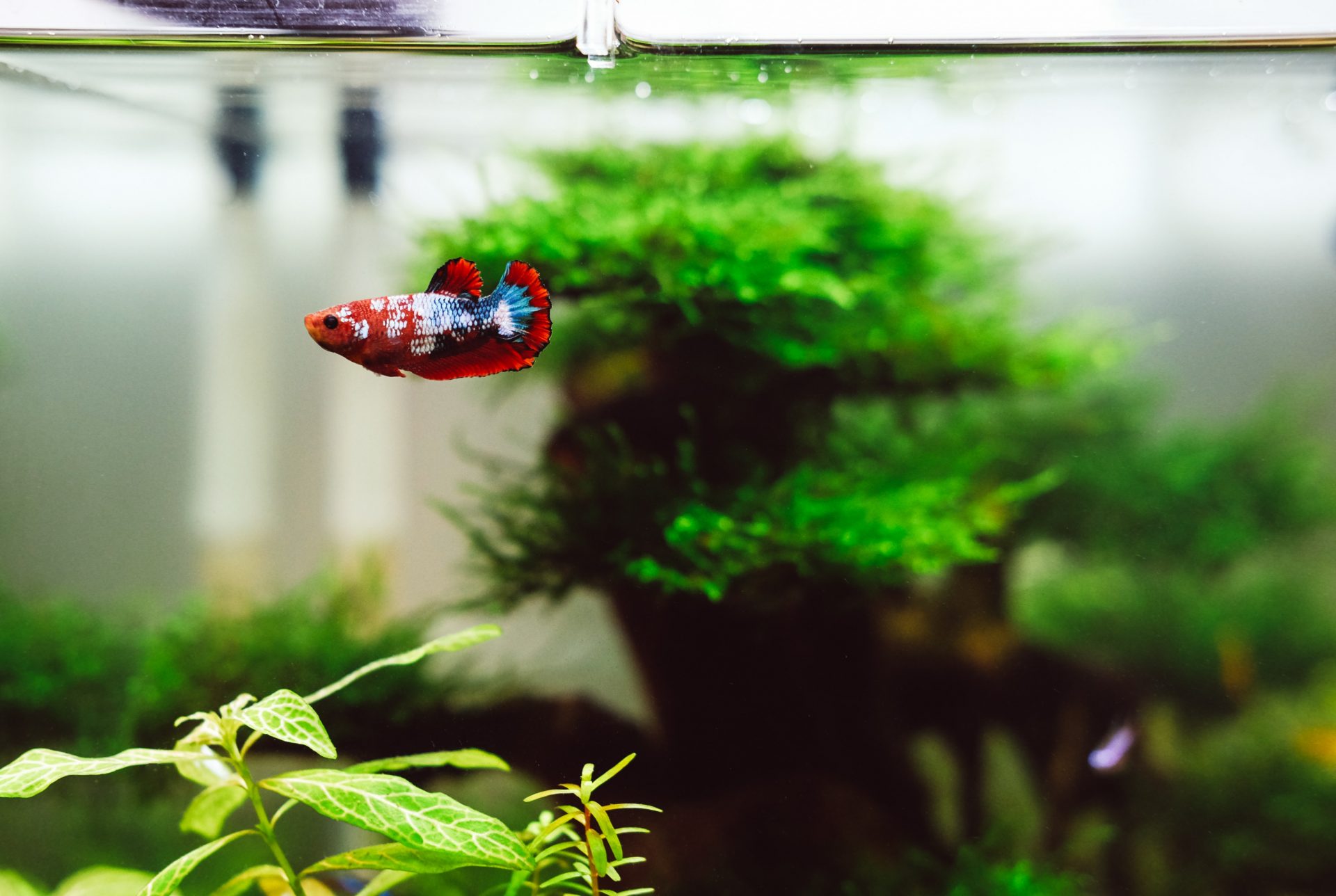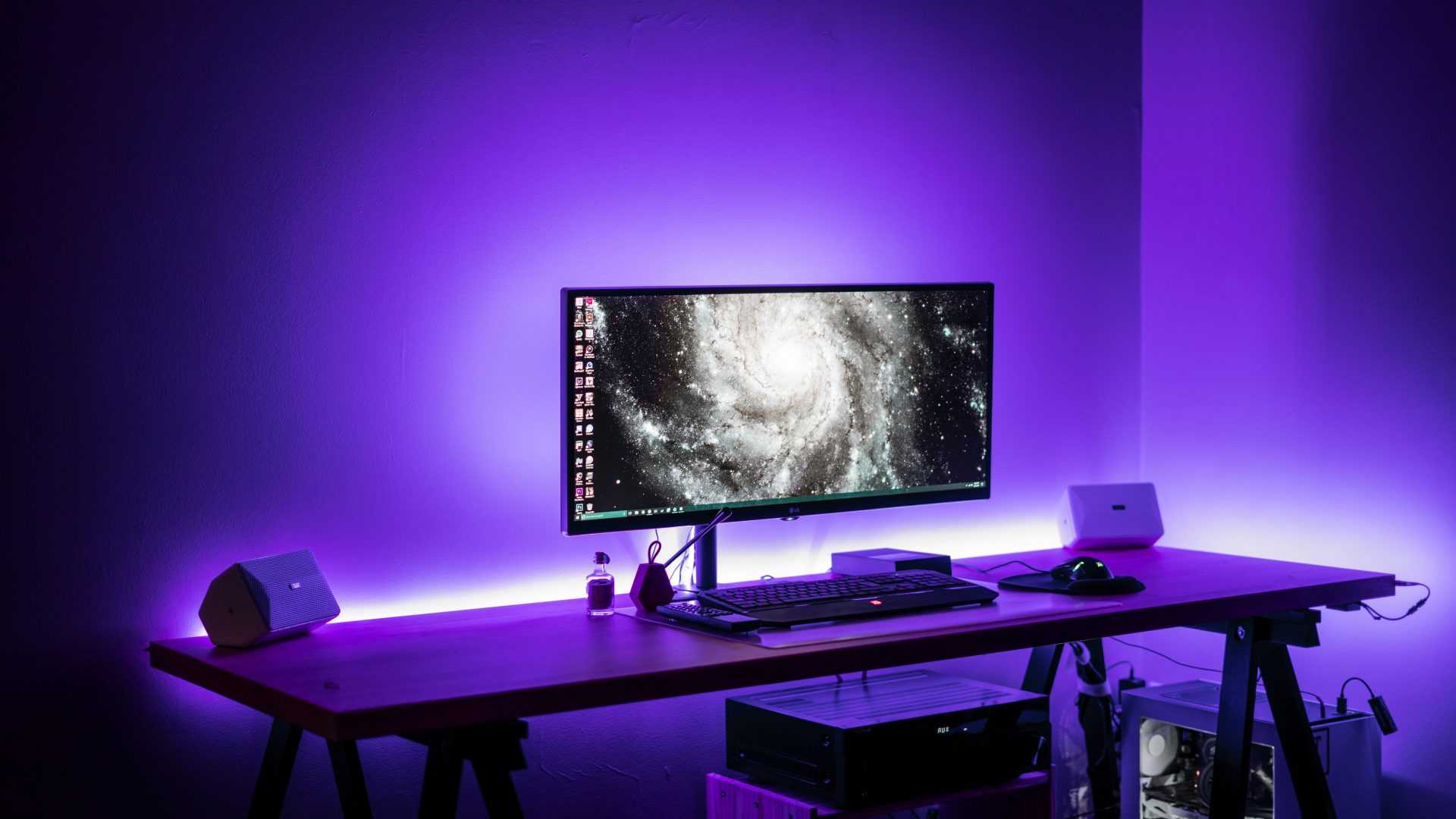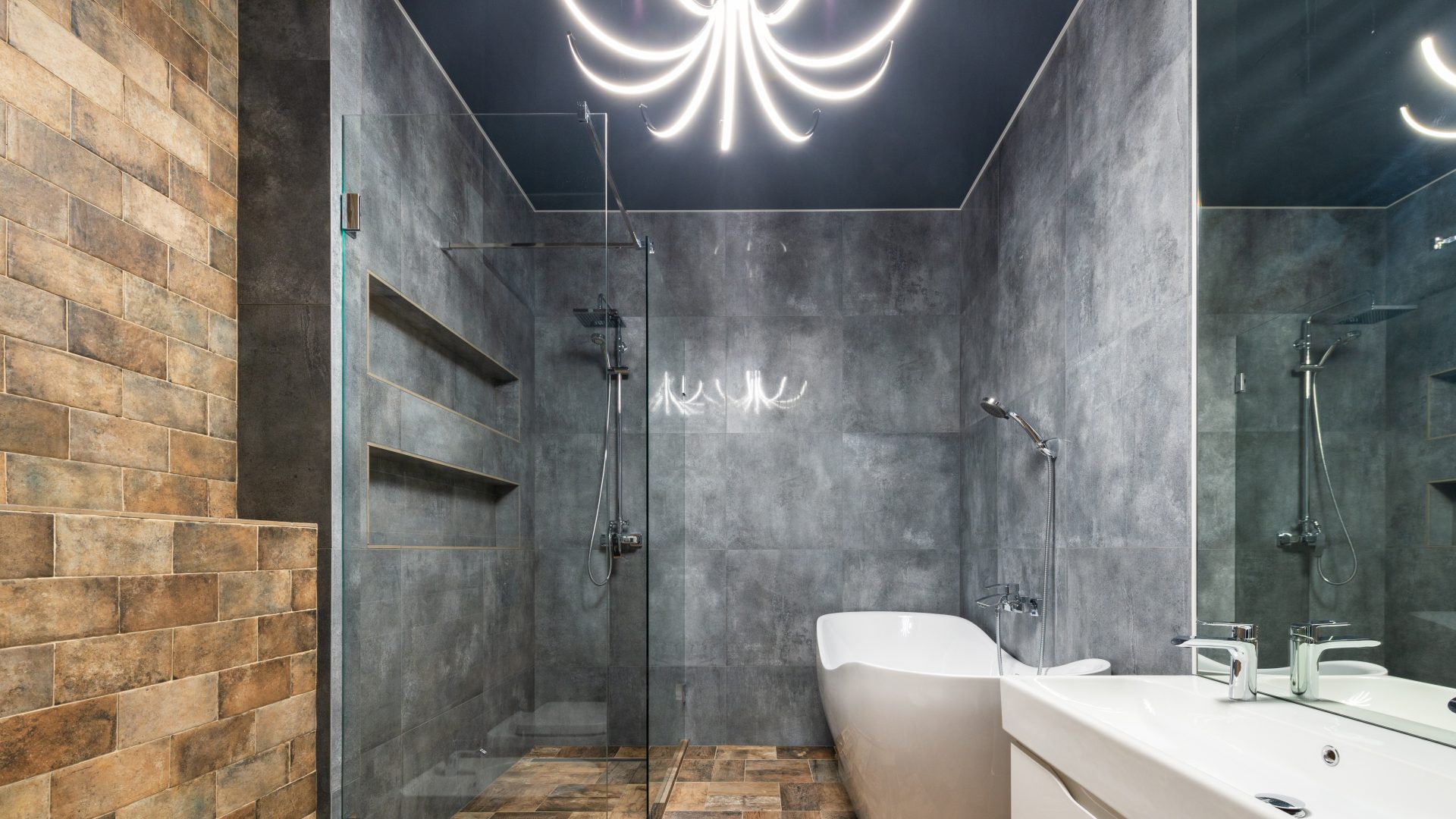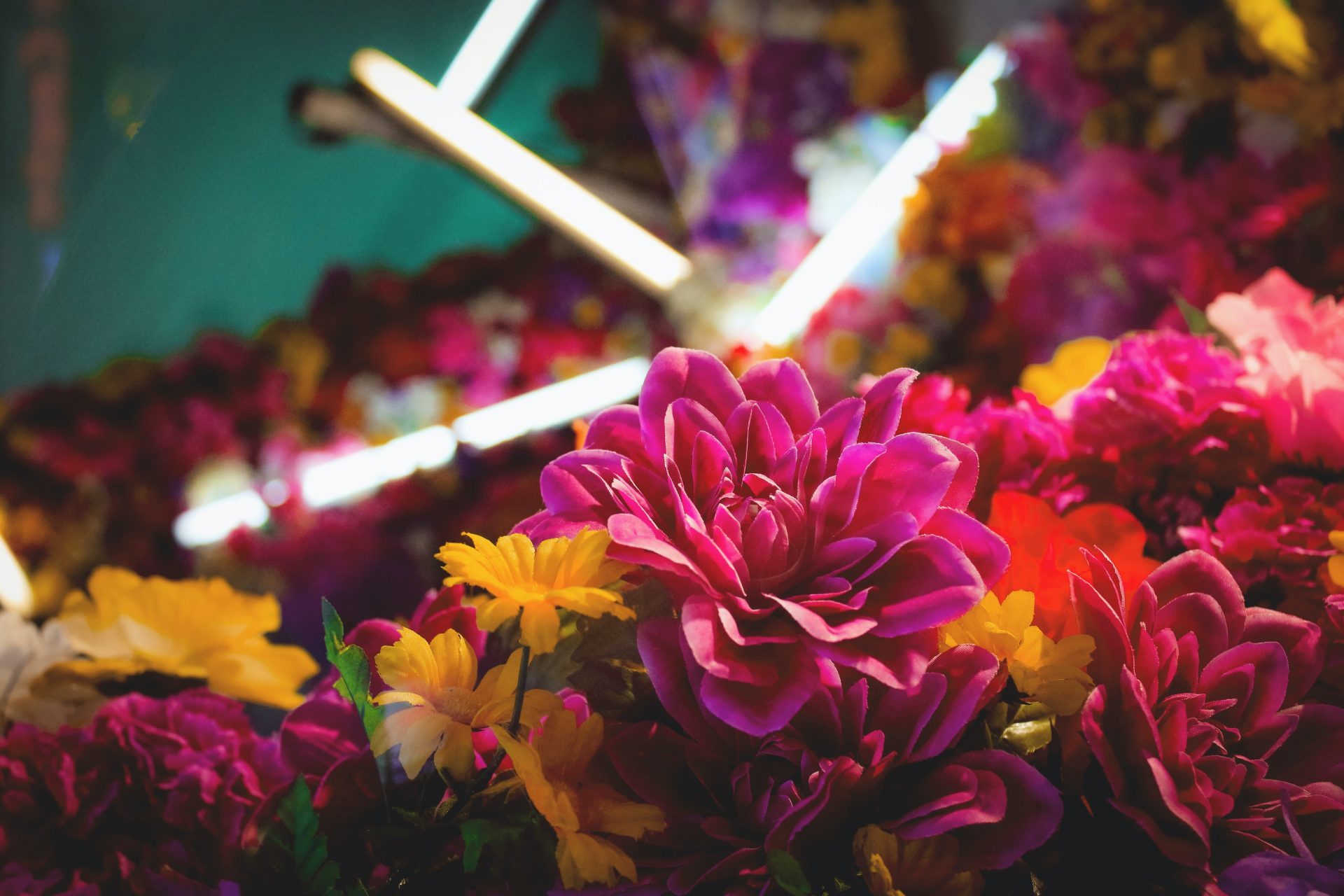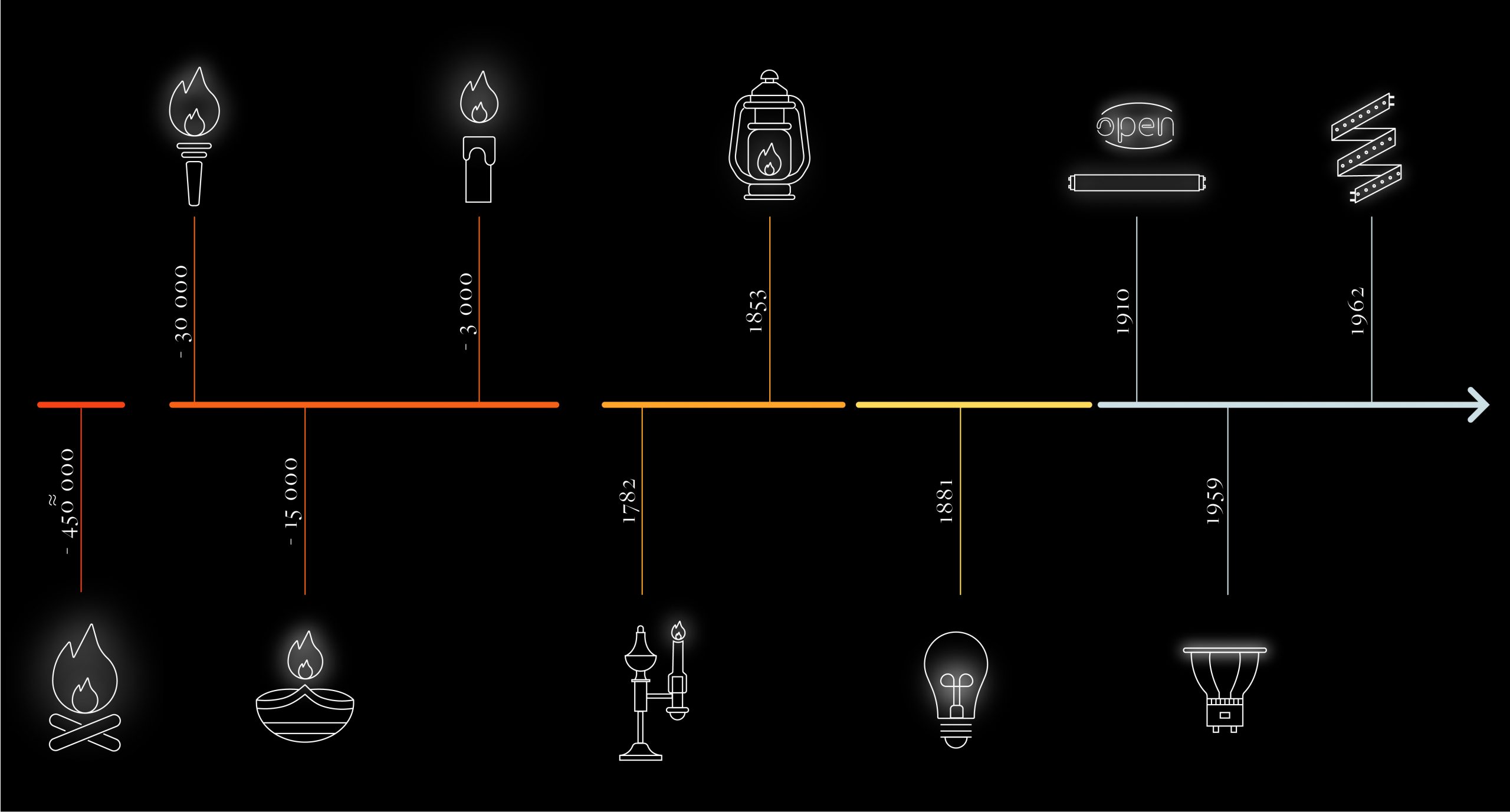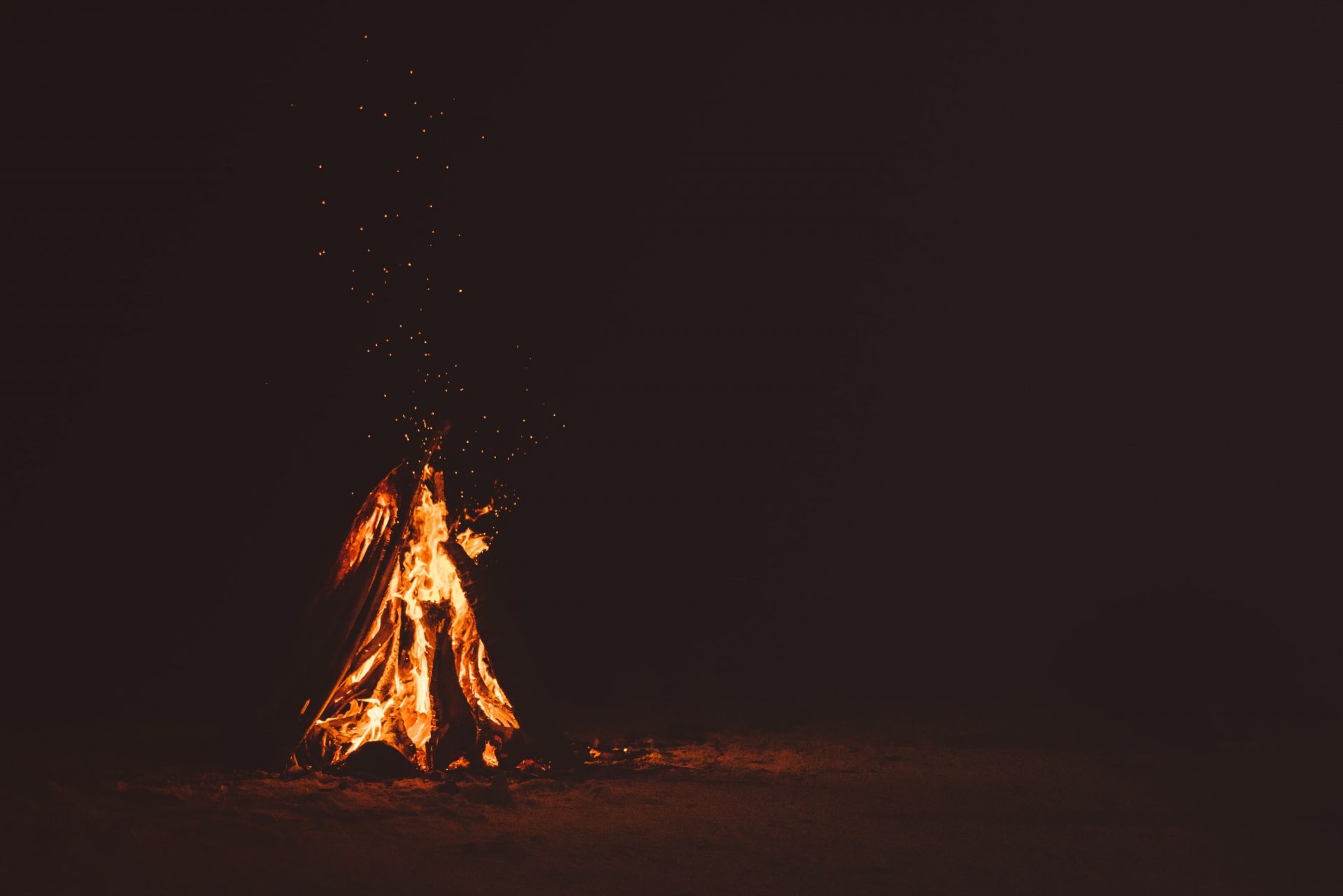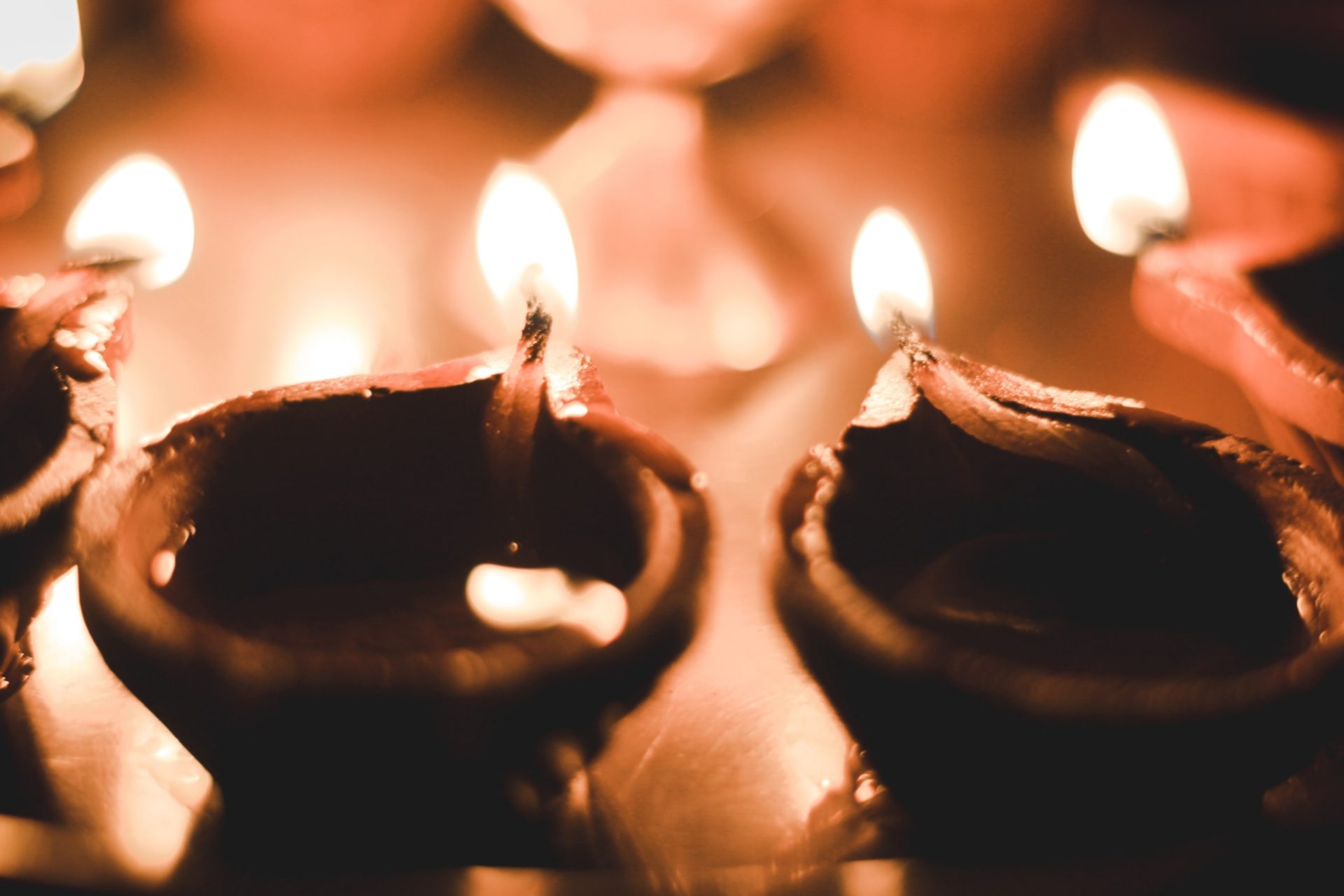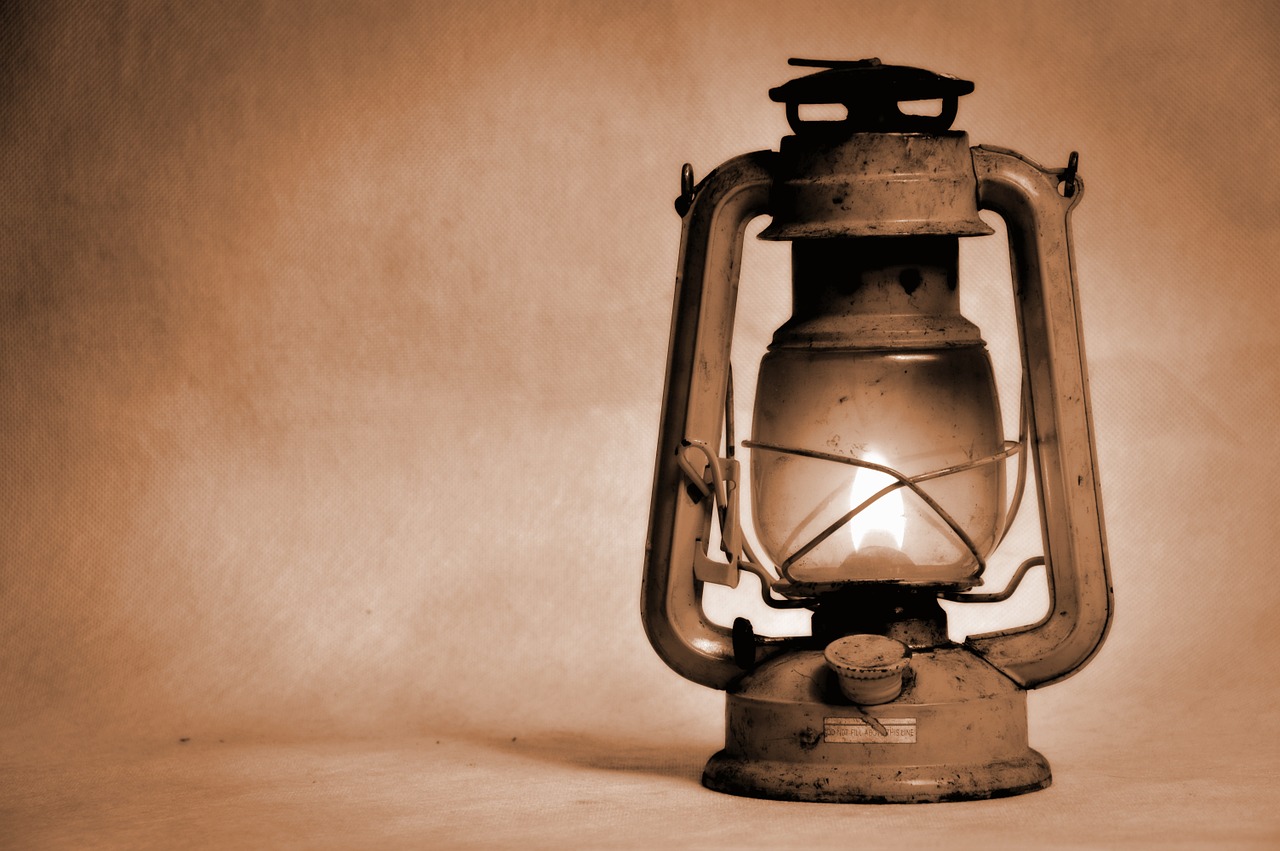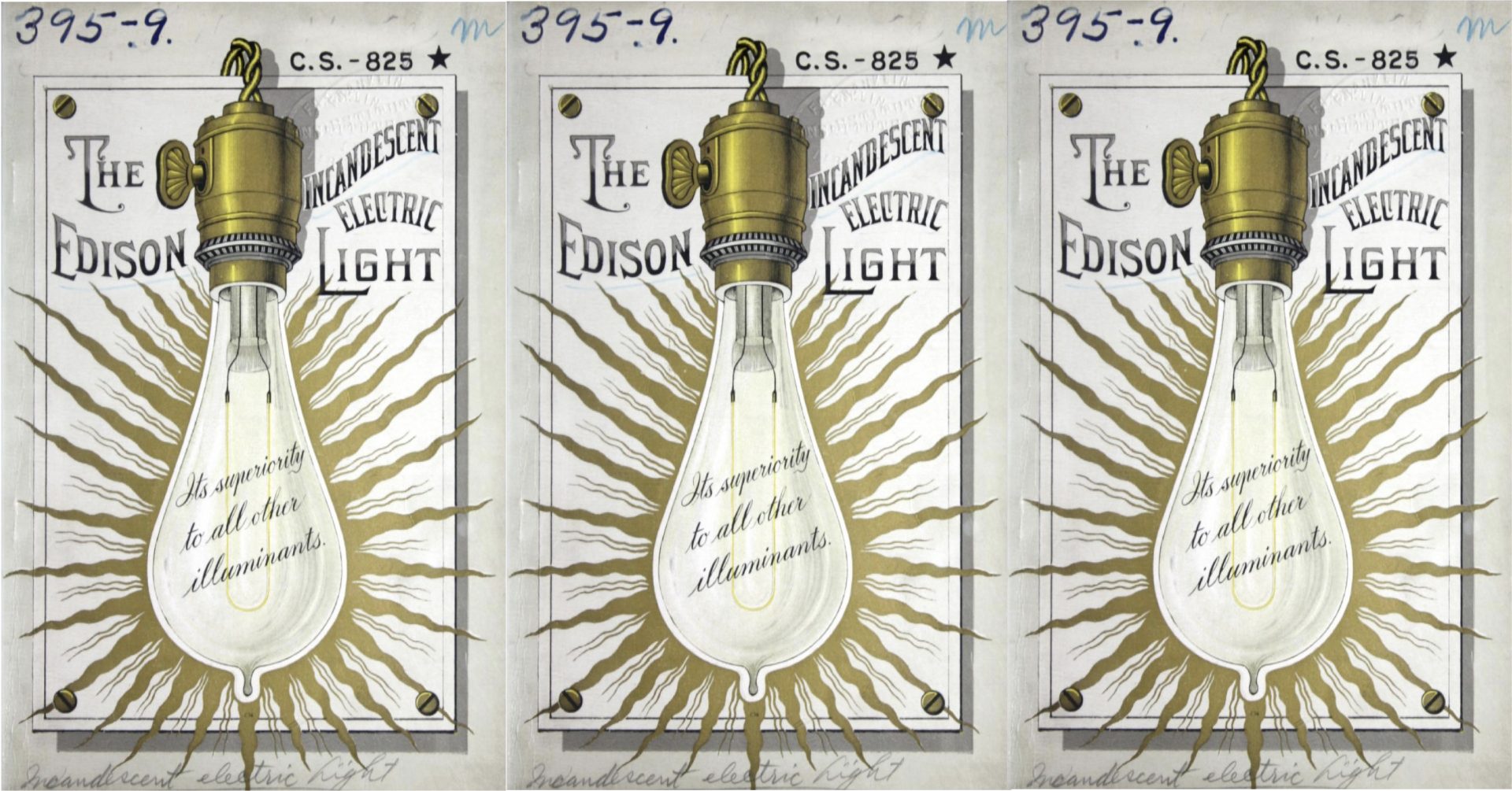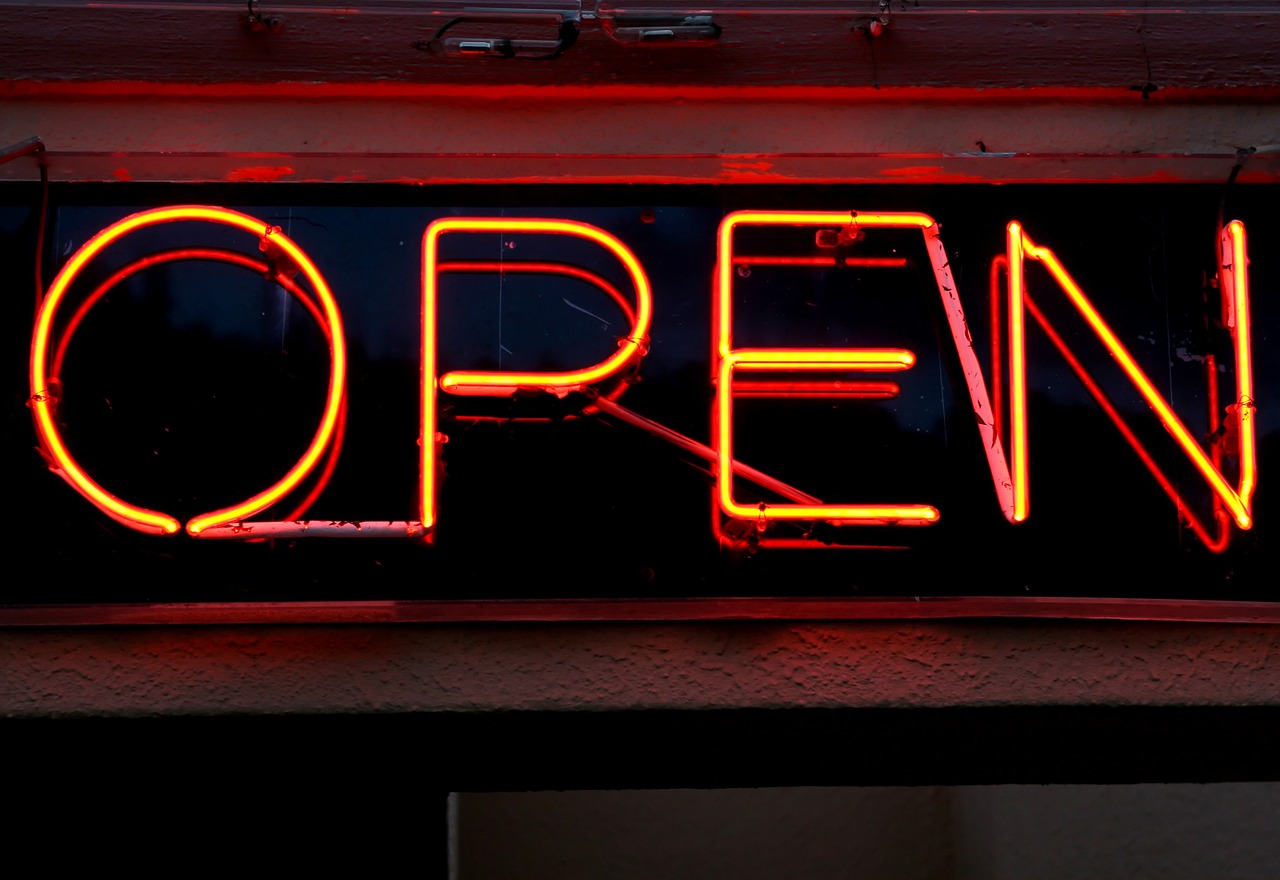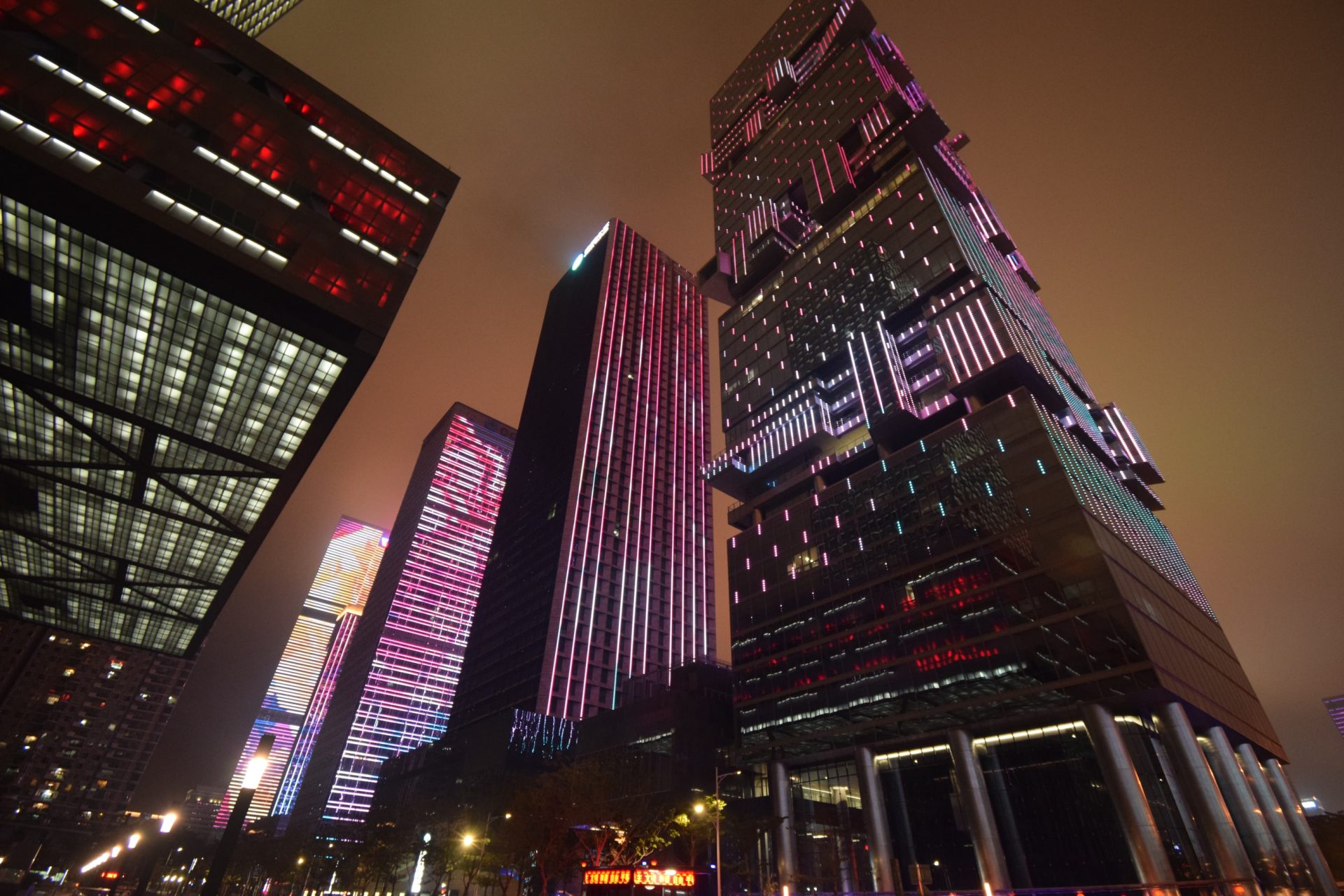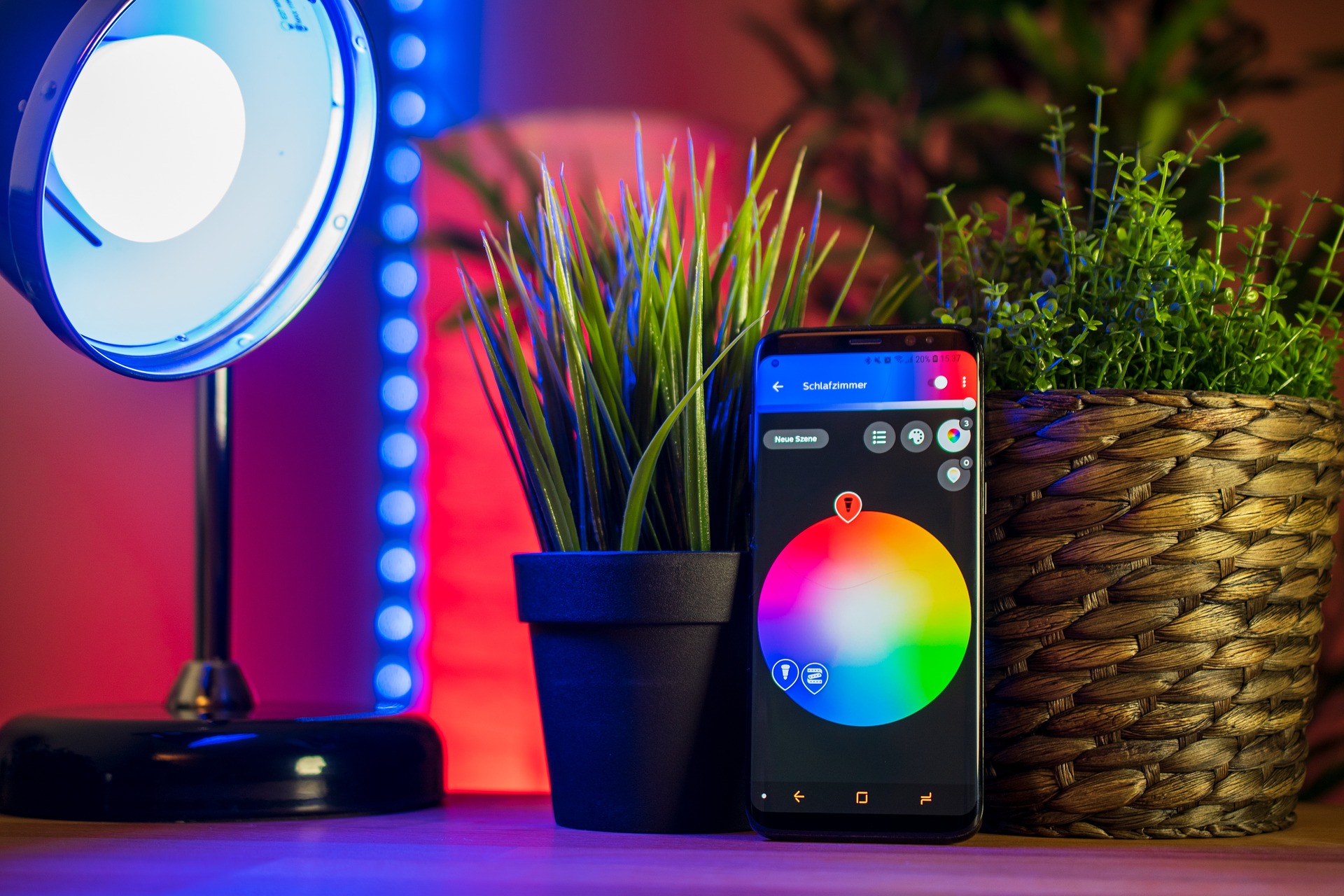
Since the introduction of the first halogen bulb, humans have become accustomed to controlling the lighting in their homes with wall switches, sometimes equipped with dimmers. Smart lighting, now more affordable and simpler, is slowly becoming an interesting alternative to the way we light our daily lives.
While this new type of lighting continues to grow in popularity, it can be difficult to understand the benefits of installing it in your home. In this blog post, we’ll shed some light on this type of lighting system and present the reasons why you should bring this technology into your home.
The first steps towards the smart home
It’s often said that smart lighting is a good start to the smart home.Indeed, smart lighting products are quite simple to install and will be a good starting point for implementing a network of connected objects. For your first steps in smart lighting, you will need smart bulbs, a control unit (bridge) and a cell phone.
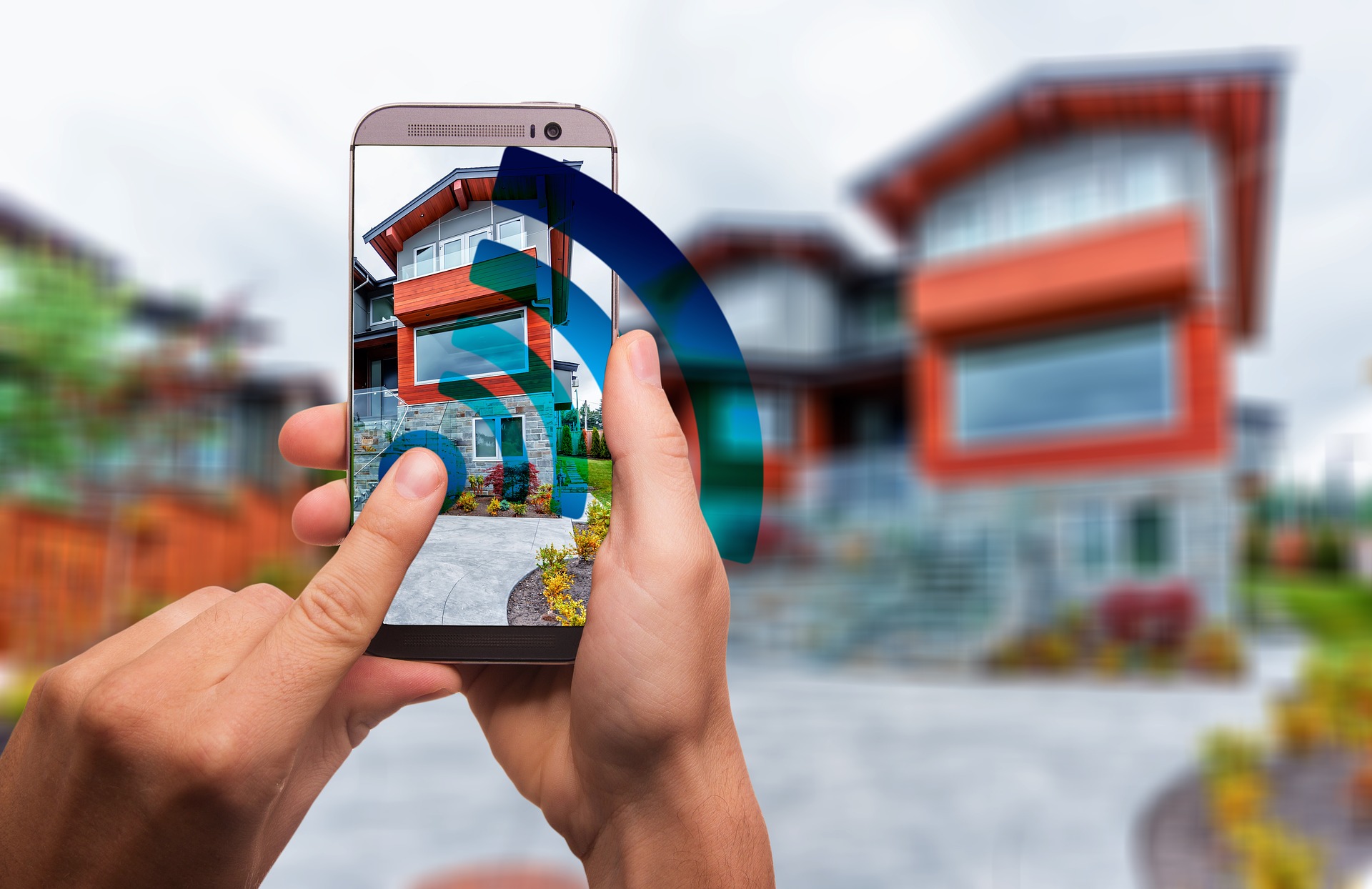
To work, all the lighting devices need to be connected together in order to synchronize and facilitate their control. To do this, you will first need to connect the bridge to your WI-FI router. Then, in order to control it all, you will need to download a smart lighting application and pair it with the bridge! Depending on the application you use, you will be able to identify and remotely control all your smart lighting fixtures connected to the WI-FI network.
Of course, it is possible to control the lighting using other methods than your cell phone. Smart lighting offers many control options! This type of lighting can also work with smart switches and is compatible with voice assistants like Alexa or Google Home to allow voice control!
What are the benefits of switching to smart lighting?
Save energy
Opting for smart lighting will save you a lot of money in terms of energy consumption. LED technology is by far the most widely used technology in smart lighting fixtures for several reasons. First, because LED powered fixtures often offer a choice of colors. Also, LED is a popular technology for its low energy consumption! By automating your home’s lighting, you can also minimize the amount of light that are turned on so that you have the exact amount needed!
Security
Take advantage of the remote control of your lighting to travel with peace of mind. Even if you are thousands of kilometers away from your home, it will still be possible to control the lights to simulate your presence. Some even go as far as creating an alarm atmosphere by making the house lights flash red when there is an intrusion.
Lighting at your service
With an intelligent lighting system, it is possible to really have a lighting adjusted to our daily life. For example, program the opening of your lights according to your arrival in the room. In the morning, so that the lighting is not too aggressive, make sure that your fixtures open gradually!
Immerse yourself more when watching television with lighting that adapts to your viewing, gaming and musical experience.

Finally, choose the mood you want to be in. Adjust the amount, color and intensity of your lighting in seconds using your cell phone. It is even possible to save the atmosphere you have designed to recreate it later!
The possibilities of smart lighting
The connectivity of your lighting fixtures allows you to do just about anything you can imagine when it comes to lighting. For example, it is possible to program light notifications. By connecting light sources to your cell phone or a microphone, program your system to flash certain lights in a pre-selected color when your baby makes is awake or when you receive an important email. Let your creativity flow, there really is a wide range of ways to use smart lighting in your daily life.
We haven’t heard the last of smart lighting. The lighting industry is following in the footsteps of the interconnectivity of objects in an effort to make our daily lives ever more simple and convenient. Now available to all, smart lighting can give us a taste of the future in home automation!
You want to implement an intelligent lighting system for your home or a client’s home? You will find on our online store, a range of intelligent lighting products for all your projects!
To discover them, it is here: shop.boutique-lux.ca/en/smart-home

